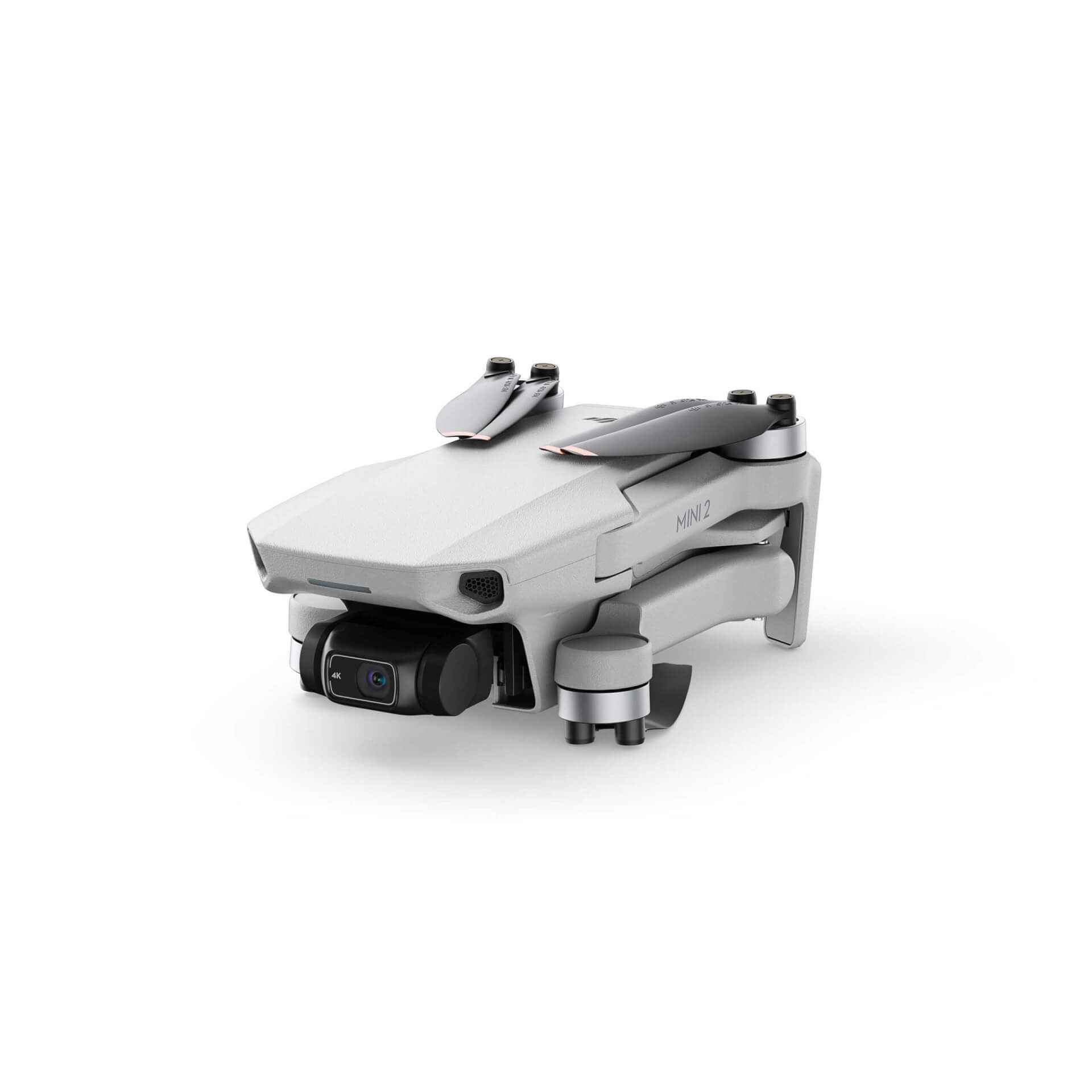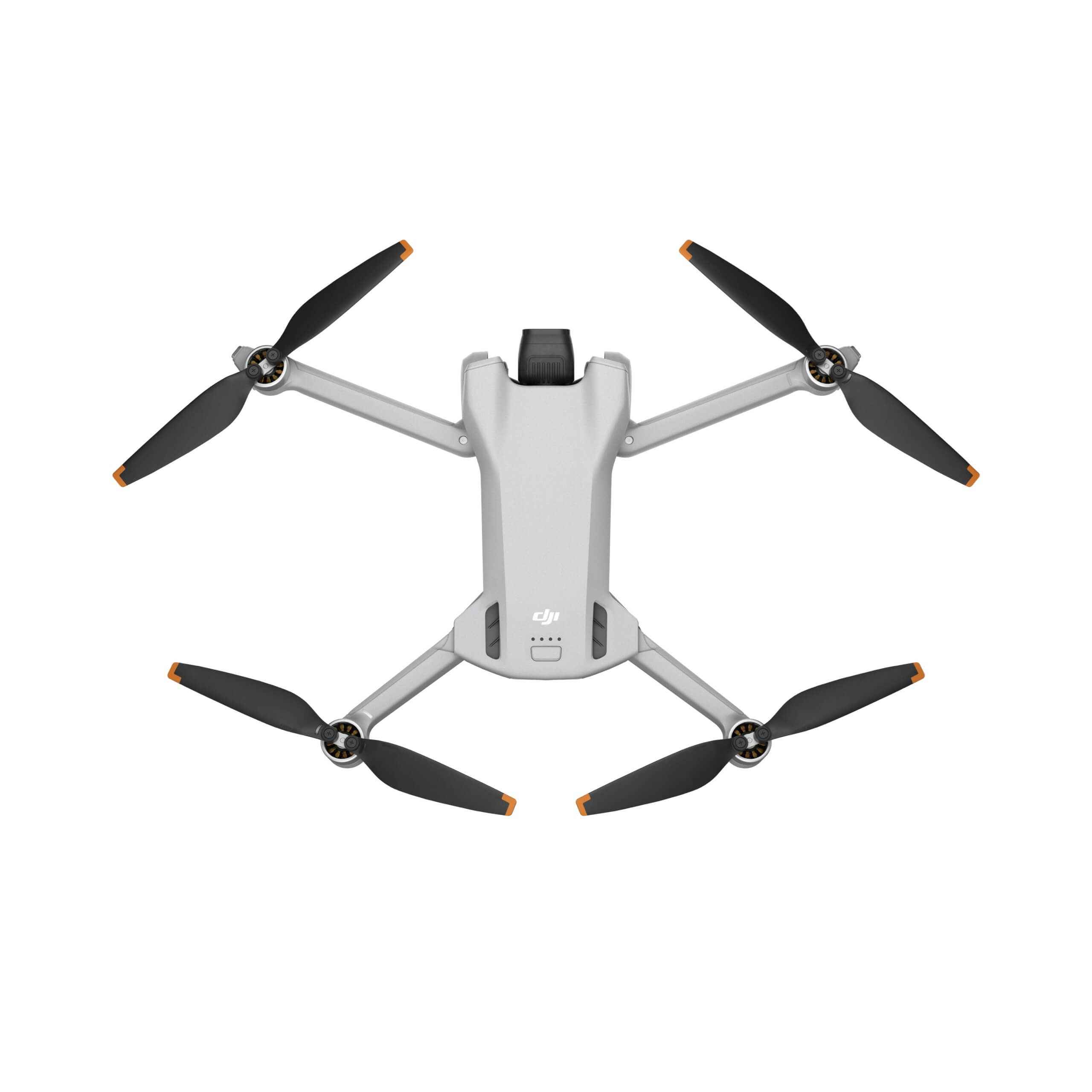DJI Mini 3is a drone designed for an affordable price structure that can still achieve professional-looking results.
Improvements over the DJI Mini 2 include a new camera sensor and lens, and longer flight time per charge. This also comes with a notable increase in price; this means that some newbies may want to grab a DJI Mini 2 deal while it’s still available.
Both drones will feel pretty similar in terms of handling because unlike a high-end drone with an advanced sensor system, the DJI Mini 3 only has sensors facing the bottom. This eliminates the more advanced auto-guidance modes, because without the right sensors the drone can’t tell if it’s about to crash into a tree.
If you are looking for these features, DJI Mini 3 Pro can be your choice. However, a cheaper alternative, the DJI Mini 3, looks like a balanced update to 2020’s Mini 2.
DJI Mini 3 and DJI Mini 2: price
Since DJI Mini 3 is not yet on sale in Turkey, we will make a comparison on the basis of Global price.
The DJI Mini 3 is significantly more expensive than the DJI Mini 2, but DJI has found a way to partially hide this fact for those looking to upgrade from the older model.
It sells the drone for $469 without a remote or charger. This is pretty similar to the original $449 cost of the DJI Mini 2. However, that goes up to $699 when you add a remote.
The Fly More Combo, which includes a case, charging case, and two additional batteries, costs $559 compared to the $599 of the older model. (There is a difference of about 40$)
You can also find Mini 2 packs cheaper online, now its successor is out.
DJI Mini 3 and DJI Mini 2: design and controller
- Both under 250 grams
- Mini 3 is slightly larger than Mini 2
- Mini 3 can’t get the most out of DJI RC
DJI hasn’t taken the Mini 2 design and updated some components. While there is a family resemblance, the Mini 3 is clearly a new design that has been overhauled in many key areas.
This was probably necessary to keep the weight under 250 grams while replacing some key components.
Take a look at both designs and you may notice that the DJI Mini 2 now features what looks like light sensors on its front legs.
The DJI Mini 3 gets a little bigger in every dimension when folded, but it won’t matter much unless you have a DJI Mini 2 and a very narrow case. A DJI Mini 3 measures 148×90×62mm when folded, while a DJI Mini 2 measures 138x81x58mm.

Supported remote controls vary greatly. Both the DJI Mini 2 and 3 can use a built-in display or the standard RC-N1 remote, which doesn’t have a gripper to hold your phone. Naturally, packages containing this remote are available for both drones. We talked about prices above.
Only DJI Mini 3 supports DJI RC with 5.5 inch HD display and up to 700 nits brightness. Depending on the phone model you have, this may be brighter. Still, this means you don’t need to use your cell phone every time you use your drone.
The Mini 3 can’t take full advantage of DJI RC’s features, but the transmission standard can only handle 720p, 30fps preview, while the remote supports up to 1080p at 60 frames per second.
DJI Mini 3 and DJI Mini 2: specifications
- DJI Mini 3 has longer flight time – even more with Plus battery
- Mini 2 is as fast as Mini 3
- Both use the same O2 wireless transmission
Battery life is one of the key advantages of the DJI Mini 3 over the older Mini 2. Using the standard battery, it can fly for up to 38 minutes compared to 31 minutes on the old drone. With the Intelligent Flight Battery Plus cell, this figure increases to 51 minutes.
This Plus battery is only available in a limited number of regions, but thanks to the classification system used by countries, it will increase the drone to over 250 grams, which means it should be included in the registration system as you know.
DJI has increased flight time by 22%, but battery capacity is only 9% higher – from 2453mah to 2250mah – showing that it has managed to make significant efficiency improvements elsewhere as well.


However, this does not translate into higher speeds. Both drones are rated for a horizontal speed of 16 m/s, a rise of 5 m/s and a descent of 3.5 m/s.
They also share the same O2 wireless transmission system that can communicate with the controller at distances of up to 10 km. This depends on where you use the drone, but in the US it’s 10km. If I’m not mistaken in Turkey, it should be 5 KM.
There is also no increase in the intelligence of the sensory system. The DJI Mini 2 and Mini 3 only have downward-facing sensors, not the front and rear sensors used in the Mini 3 Pro. This limits the types of automation possible. Both base mini models lack the Pro’s MasterShots modes, which are professional-looking automatic programs.
DJI Mini 3 and DJI Mini 2: image and video quality
- Larger sensor and wider lens aperture provide better natural light sensitivity
- True vertical shooting and HDR video on Mini 3
- Mini 3 has a more versatile stabilization system
DJI made major changes to both the camera and gimbal system in the Mini 3.
The DJI Mini 2 has a 12MP camera sensor, the Mini 3s are much larger and 48MP. It’s a 1/1.3-inch sensor over the 1/2.3-inch style of the Mini 2, and the lens aperture has been increased from f/2.8 to f/1.7.
Higher natural light sensitivity across the sensor and lens means the Mini 3 will hold up better at dusk and at night than the Mini 2. Video is likely to retain colors better, have superior detail integrity, and generally appear slightly less emotional.


We can say this with some degree of confidence because the DJI Mini 3 Pro has the same features. DJI hasn’t told us exactly what the sensor used in the Mini 3 is here, but we’re betting it’s exactly the same hardware as the Pro.
The DJI Mini 3 gains another key feature we’ve seen in the Pro; “true vertical shot”. This means the camera can shoot in the same portrait aspect ratio you would use for certain social media posts (Reels, Tiktok and Youtube Shorts).
To get that portrait look on a DJI Mini 2, you’ll need to crop the shot significantly during editing.
The DJI Mini 3’s gimbal system is also versatile in another axis. It ranges from -90 degrees to +60 degrees compared to -90 to +20 degrees on the Mini 2.
You can also shoot HDR video with the Mini 3. This is only available at frame rates up to 30fps as it is sensor-level HDR, just like that of the DJI Mini 3 Pro. Two exposures are captured per sensor reading, which helps prevent ghosting and means it’s much more than a software-based tone mapping profile.
We’re looking at a pretty big upgrade on the DJI Mini 3, but some key parts have not changed. Both drone generations are successful in shooting 4K/30 video. To get to 60fps you need to downgrade to 2.7K resolution.
The Mini 3 Pro can achieve 4K resolution at 60fps, which shows DJI has deliberately limited shooting modes to keep the distance between its models. However, it could also be a processor related inequality.
Decision
The DJI Mini 3 is largely what it was meant to be. Using some of the features of the more professionally oriented Mini 3 Pro, we see the Mini 3 Pro put it above the DJI Mini 2 with some hardware improvements.
Is it worth the upgrade? It’s likely worth it, especially if you’re craving for slightly better low-light image quality or the ability to shoot portrait video for posting on social networks.
But if you want to take your B-roll quality to the next level, you shouldn’t ignore the DJI Mini 3 Pro. The more advanced sensor system can easily provide the kind of images you can get without much effort. Of course, you also have to consider the price.
